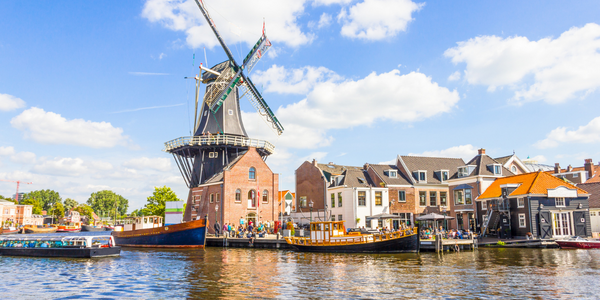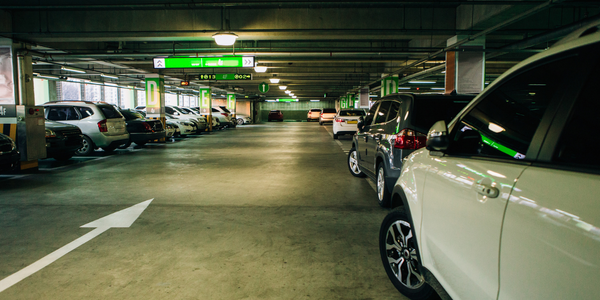Customer Company Size
Large Corporate
Region
- America
Country
- United States
Product
- FleetFocus
- FuelFocus
Tech Stack
- Fleet Management Software
- Automated Fuel Management Solution
Implementation Scale
- Enterprise-wide Deployment
Impact Metrics
- Cost Savings
- Environmental Impact Reduction
Technology Category
- Functional Applications - Fleet Management Systems (FMS)
Applicable Industries
- Cities & Municipalities
Applicable Functions
- Logistics & Transportation
Use Cases
- Fleet Management
- Energy Management System
Services
- System Integration
About The Customer
The City of Sacramento has been recognized as one of the most progressive fleets operating today. Their commitment to green technology and efficient fleet management has been a long-term effort that is paying off both in bottom-line savings and emissions reductions. The city has an electric fleet consisting of Chevrolet Volt, Ford Focus Electric, Nissan LEAF, Toyota Prius Plug-In, and Toyota RAV4 EV vehicles. The city also invested in CNG heavy duty vehicles such as asphalt, garbage and sweeper trucks to switch to a sustainable energy source and further reduce greenhouse emissions.
The Challenge
The City of Sacramento Department of General Services was committed to having a greener fleet. To achieve this, they needed to establish a baseline of operational metrics to enable them to report on and measure their progress. They also needed to standardize their maintenance practices to improve efficiency. The city decided the first step was to upgrade their technology toolkit. They were using FleetFocus fleet management software from AssetWorks to run the fleet but wanted to upgrade to the newest version to enable advanced features and capabilities such as dashboard and KPI reporting with Crystal reports. Their first priority was to make data-driven decisions.
The Solution
Once the FleetFocus upgrade was complete, the next initiative they undertook to increase fleet efficiency was to integrate NAPA Auto Parts from Intelligent Business Solutions (IBS) with FleetFocus to improve procurement of parts and eliminate the management of over 100 city P.O.’s. A delivery service was provided to all city shop locations and active communication between IBS and city technicians via FleetFocus was implemented to reduce vehicle down time and waiting on parts. This resulted in fewer deliveries which meant reduced vehicle miles traveled and lowered greenhouse gas emissions. The city also adopted a sustainability plan to implement electric vehicles and were the first public agency to participate in the U.S. Department of Energy’s Workplace Charging Challenge in 2013 which saw 100 charging stations installed in Sacramento.
Operational Impact
Quantitative Benefit

Case Study missing?
Start adding your own!
Register with your work email and create a new case study profile for your business.
Related Case Studies.

Case Study
Turning A Stadium Into A Smart Building
Honeywell created what it called the “intelligent system” for the National Stadium in Beijing, China, turning the venue for the opening and closing events at the 2008 Summer Olympics into a “smart building.” Designed by highly controversial artist Ai Weiwei, the “Bird’s Nest” remains one of the most impressive feats of stadium architecture in the world. The 250,000 square meter structure housed more than 100,000 athletes and spectators at a time. To accommodate such capacity, China turned to Honeywell’s EBI Integrated Building Management System to create an integrated “intelligent system” for improved building security, safety and energy efficiency.
.png)
Case Study
Smart Street Light Network (Copenhagen)
Key stakeholders are taking a comprehensive approach to rethinking smart city innovation. City leaders have collaborated through partnerships involving government, research institutions and solution providers. The Copenhagen Solutions Lab is one of the leading organizations at the forefront of this movement. By bringing together manufacturers with municipal buyers, the Copenhagen Solutions Lab has catalyzed the development and deployment of next-generation smart city innovations. Copenhagen is leveraging this unique approach to accelerate the implementation of smart city solutions. One of the primary focus areas is LED street lighting.

Case Study
Buoy Status Monitoring with LoRa
The Netherlands are well-known for their inland waterways, canals, sluices and of course port activities. The Dutch Ministry of Infrastructure indicates that there are thousands of buoys and fixed items in and near water environments that would profit from IoT monitoring. One of the problems with buoys for example, is that they get hit by ships and the anchor cable breaks. Without connectivity, it takes quite some time to find out that something has happened with that buoy. Not to mention the costs of renting a boat to go to the buoy to fix it. Another important issue, is that there is no real-time monitoring of the buoys at this moment. Only by physically visiting the object on the water, one gains insight in its status.

Case Study
Barcelona Case Study
Barcelona’s heavy traffic and its associated high levels of pollution were the primary factors that motivated some companies and universities to work on strategies for improving traffic in the city centre. Bitcarrier is one of the technologies involved in the In4Mo Project, whose main objective is to develop the applications that form the core of smart mobility, one of the fundamental pillars of the smart city concept.

Case Study
China Mobile Smart Parking
Smart Parking, powered by NB-IoT technology, is making it easier for drivers to find free parking spots. Cities can better manage their parking assets and maximize the revenue available to them as a result. Drivers searching for parking create congestion and pollution by circling and hunting for available parking. Smart Parking services are able to significantly ease these problems by guiding a driver directly to a parking space.








